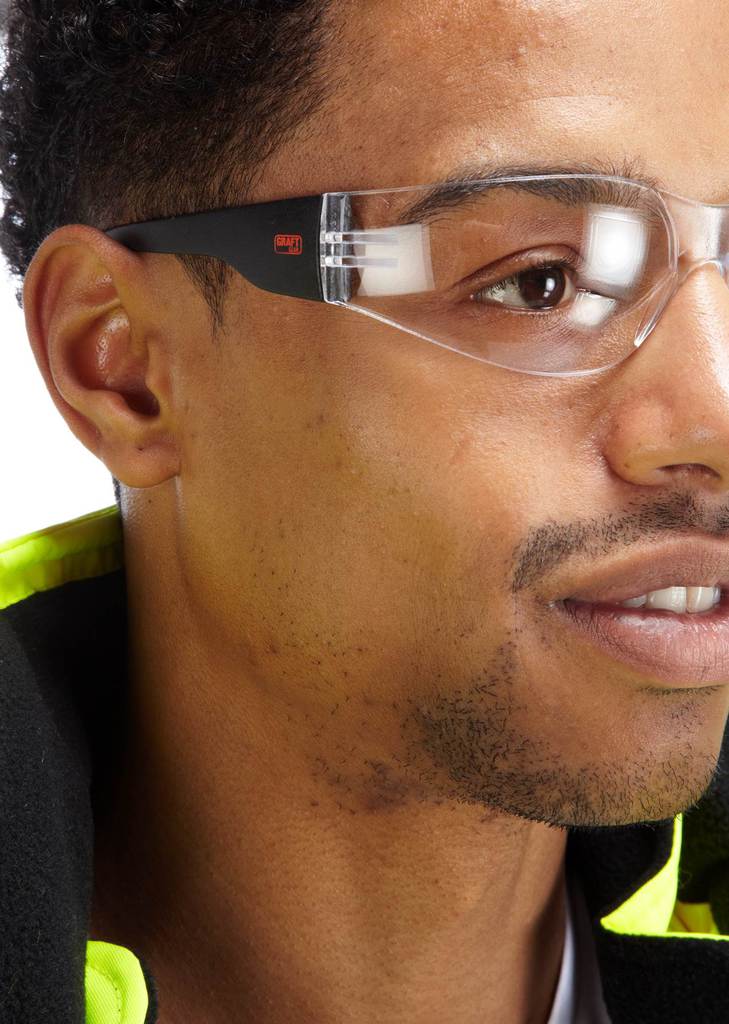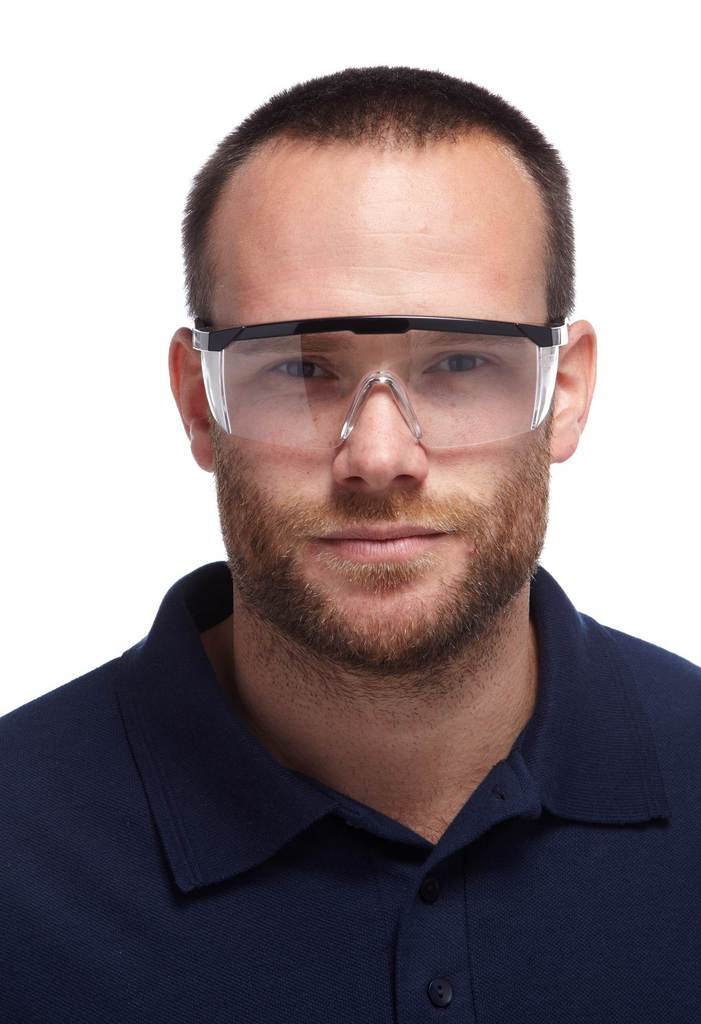According to the Health and Safety Executive there have been significant reductions in the number and rate of injury in the construction industry over the last 20 years or more. Nevertheless, construction remains a high risk industry. Although it accounts for only about 5% of the employees in Britain, it accounts for 27% of fatal injuries to employees and 10% of reported major injuries.
Demonstrably then, there is still scope for improvement. This becomes especially apparent, for example, when it comes to the provision of the correct eye protection.
As we all know, working on site is a dangerous environment and there are a number of hazards faced that could affect eyesight. Without the right protection, debris such as metal chippings, splinters of wood, cement dust, fibres from insulation material, to name but a few, can all find their way into eyes causing discomfort at best, permanent damage at worst.
Plus, there are the legal obligations to consider. All employers have legal responsibilities concerning the provision and use of PPE at work and it includes eye protection.
Surprisingly then, for some businesses, the provision of safety spectacles and goggles falls quite low on the safety chain, with many adopting a standard ‘one size fits all’ approach. The result is that many contractors can be left with ill-fitting goggles which aren’t fit to do the job in hand.
A good pair of well-fitting goggles or safety spectacles should be worn by all those that are deemed to be in an environment where eye safety needs to be considered. It may sound obvious but considerations should be the fit and styling. A contractor may be wearing their spectacles all day on site, so comfort is vital. Then there are the basic functionalities. For instance, one of the biggest issues is people complaining that the lenses fog up and scratch too easily effecting vision. This is where a good quality coating is a good idea as it prevents both fogging and scratching of the lenses.
Next and perhaps the biggest area for increasing safety standards is the consideration of whether the eyewear is of a good optical quality for the wearer to be able to see clearly enough to carry out the work safely. Research shows that Britain has become a nation of spectacle wearers, with nearly six in 10 needing glasses or contact lenses. The implications of this to the construction industry are clear; prescription safety wear is not a luxury it is a must. The dangers of employees not being able to see properly are obvious when working on site with dangerous equipment or driving plant vehicles.
Recommendations
The recommendation then is the use of tinted lenses which are developed specifically to provide better vision while working on site. Tinted lenses that are EN172 approved are suitable for driving and EN170 lenses do not distort colours. With this in mind, good manufacturers of safety eyewear provide safety glasses that meet these standards and also all their eyewear is optical class 1, which means that it can be worn all day, every day without causing eyestrain or headaches.
To make life easier, companies such as Parkers Merchanting can offer a large range of corrective lens safety options for safety spectacles. These feature various frames that can be glazed with four types of prescription lens – single vision, bifocal, progressive or free form, and three different lens materials - polycarbonate, CR39 or toughened glass.
Although it is not a mandatory obligation employers should also encourage their employees to have regular eye checks every two years. Even if they do not wear glasses at the time an eye sight problem can be picked up early before it becomes a problem and affect the safety of the individual and those they work with.
With the work book increasing, now is the perfect time to evaluate any safety measures and make sure all bases are covered. The provision of the correct eye protection which includes any prescriptive needs is vital to meeting visual demands of the workplace. Thus, although a smaller element of the overall safety chain, correct eye protection is one area not to be overlooked.



